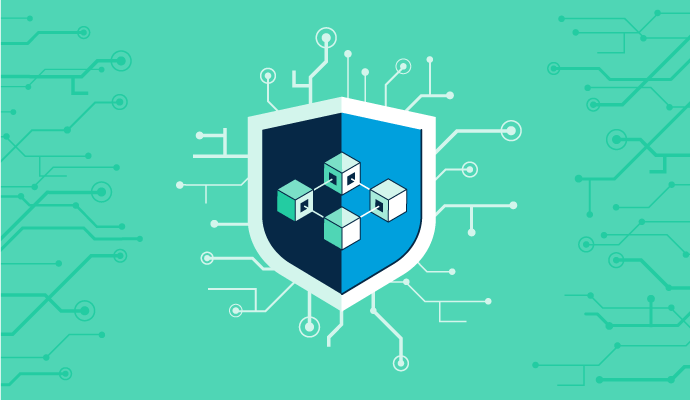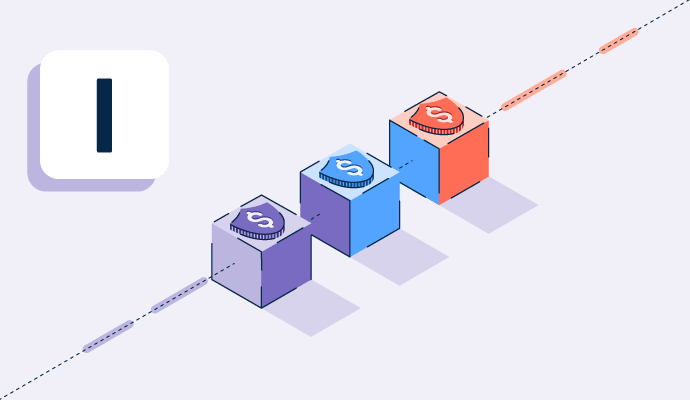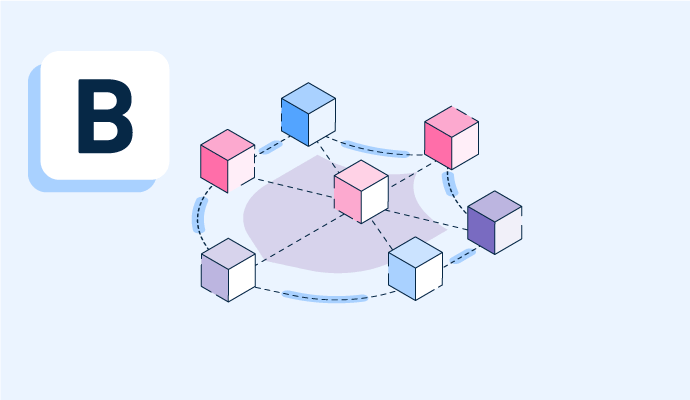Blockchain Platforms Resources
Articles, Glossary Terms, Discussions, and Reports to expand your knowledge on Blockchain Platforms
Resource pages are designed to give you a cross-section of information we have on specific categories. You'll find articles from our experts, feature definitions, discussions from users like you, and reports from industry data.
Blockchain Platforms Articles
Untangling the Web 3.0
The line between the physical and digital worlds is gradually fading. A few decades ago, ideas that were a dream are now a part of our lives. It’s fascinating how computing has evolved—from just computers to internet availability to connecting almost every device. Cities are now creating their digital twins for infrastructure planning, and brands are using hologram 3D models for walking the fashion runway.
by Shalaka Joshi
What Is Blockchain? Here's Everything You Need to Know
Trust is like a plant. It needs to be nurtured and tended to grow and flourish.
by Keerthi Rangan
2021 Trends in Accounting and Finance
This post is part of G2's 2021 digital trends series. Read more about G2’s perspective on digital transformation trends in an introduction from Michael Fauscette, G2's chief research officer and Tom Pringle, VP, market research, and additional coverage on trends identified by G2’s analysts.
by Nathan Calabrese
Blockchain Developers Glossary Terms
Blockchain Platforms Discussions
0
Question on: Kaleido
Why is my environment paused?Kaleido pauses unused environments of Starter plan subscribers to limit resource usage to users actively using their networks. Environments under a Consortium owned by an Organization on the “Starter” plan receives an initial 1 week grace period, after which Kaleido pauses environments that commit no transactions to blocks for 72 hours.
Kaleido does not automatically pause any environments in Consortia owned by Organizations on a paid plan.
Note: If transactions are trapped in a node’s transaction pool queue, an environment will pause due to lack of transactions on the chain.
Resume via the console
You can resume an environment in the Kaleido console by pressing the pause symbol next to the paused environment on the Consortium Dashboard.
Resume via the API
Alternatively, you can call the /environments API with {"state":"live"} in the body to start the environment.
curl -X PATCH -d '{"state":"live"}' -H "$HDR_AUTH" -H "$HDR_CT" "$APIURL/consortia/{consortia_id}/environments/{environment_id}"
having difficulties in withdrawing your money on this platform, or you being locked out of your trading account, or probably you have been robbed of your money? then Report your complaint and get your refund of money for poorly rigged trades, I received a $31,500 refund. Act now by contacting Drewwake, he helped me get my lost funds back.
WhatsApp +86 18 97 03 77 491
drewwake. jtbtech @ gmail. com
0
Question on: Kaleido
Why am I getting "transaction out of gas" errors?A common error message that Kaleido users have encountered when trying to execute smart contract transactions is “out-of-gas.” This document describes some of the known causes and potential fixes.
Here are some definitions of terms related to gas. The referenced eth APIs are part of the Web3.js library.
gas: unit of measurement for the computational work of running transactions or smart contracts in the Ethereum network
gasLimit: maximum amount of gas that can be spent on all transactions within a single block. This is not configurable by Kaleido users.
Listed as gasLimit in output of eth.getBlock("<block_hash>")
The miner of a new block can set the gas limit within +/- 0.1 % of the parent block’s gas limit
gas provided: maximum amount of gas you’re willing to spend on a particular transaction
Listed as gas in output of eth.getTransaction("<transaction_hash>")
gasPrice: the amount of Ether you’re willing to pay for every unit of gas, measured in Gwei (1 ETH = 1M Gwei)
Listed as gasPrice in output of eth.getTransaction("<transaction_hash>")
Common Symptoms, Causes and Solutions
“Gas provided” for transaction is not high enough to cover the gas needed to execute the transaction.
Likely error message: intrinsic gas too low.
Fix: Supply a higher gas amount, or use a client like the Kaleido REST API Gateway that automatically estimates gas for your transactions (importantly also adding a 20% contingency on top before submission)
The from account does not have enough Ether to execute transaction.
Likely error message: insufficient funds for gas * price + value
Note: This will only occur if the gasPrice for the transaction is set to some value other than the default 0.
Fix: Use a debugger like Remix to debug your infinite loop
Infinite loop or other unbounded processing error in smart contract code
Likely error message TX ran out of gas before completion
Fix: Use a debugger like Remix to debug your infinite loop
Contract is not compiled for the correct EVM version
Likely error message gas required exceeds allowance or always failing transaction
Fix: Compile with --evm-version byzantium
Note: If you need more recent opcodes, please contact us to confirm the hard fork that is supported in Kaleido and meets your needs.
Contract has reverted
Likely error message gas required exceeds allowance or always failing transaction
Fix: Run eth_call with exactly the same parameters, then process the output per the Solidity control structures doc to get the error message of the revert
Note: Some web3 interfaces, including Truffle, and the Kaleido REST API Gateway, perform an eth_call automatically for you when this occurs during gas estimation and return the error string, rather than the generic message
0
Question on: Kaleido
Reconciling timestamps in Quorum RaftOne tricky aspect to timestamps using the now variable in Ethereum is the use of different units, depending on environment type. Unlike vanilla Ethereum implementations, timestamps in an environment with a Quorum client and Raft consensus (Quorum-Raft) are represented in nanoseconds because the Raft consensus can produce more than one block per second. Contrastingly, Quorum-IBFTand Geth-PoA (Proof-of-Authority) environments use timestamps whose units are denoted in seconds. In all three environment types, the now keyword provides the timestamp of the most recent block in UNIX Epoch time format (time since 00:00:00 Coordinated Universal Time (UTC), Thursday, 1 January 1970).
NOTE: The difference in timestamp units can be the root-cause of out-of-gas errors if you transport the same timestamp-dependent require statements from smart contract code in one environment type to another.
Blockchain Platforms Reports
Grid® Report for Blockchain Platforms
Winter 2025
G2 Report: Grid® Report
Momentum Grid® Report for Blockchain Platforms
Winter 2025
G2 Report: Momentum Grid® Report
Grid® Report for Blockchain Platforms
Fall 2024
G2 Report: Grid® Report
Momentum Grid® Report for Blockchain Platforms
Fall 2024
G2 Report: Momentum Grid® Report
Grid® Report for Blockchain Platforms
Summer 2024
G2 Report: Grid® Report
Momentum Grid® Report for Blockchain Platforms
Summer 2024
G2 Report: Momentum Grid® Report





